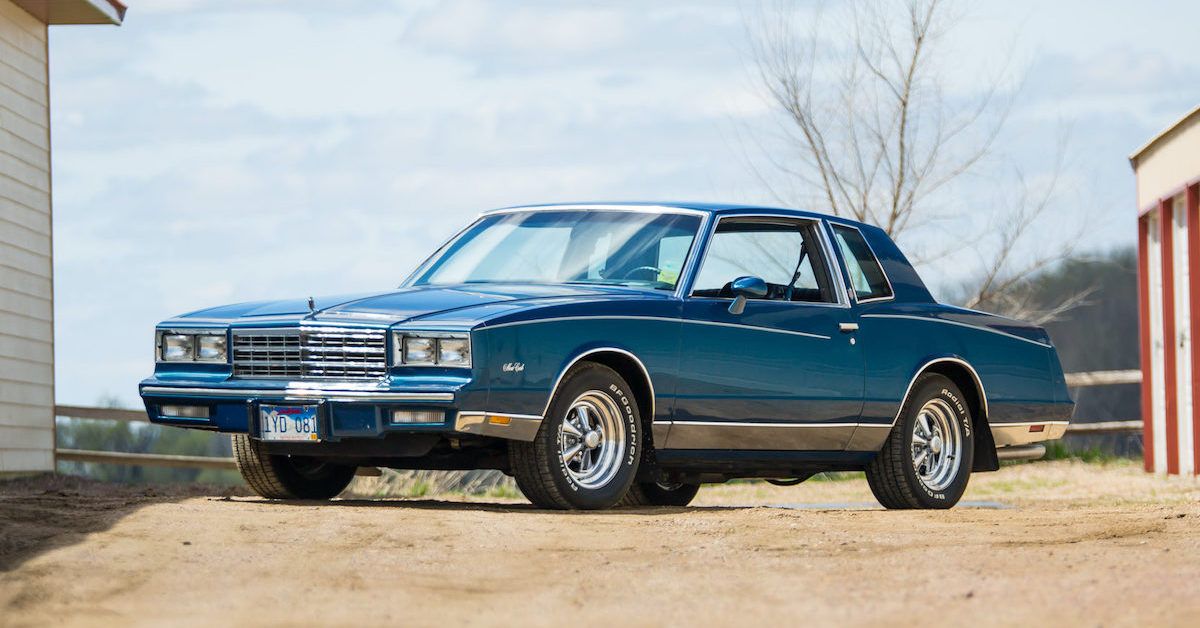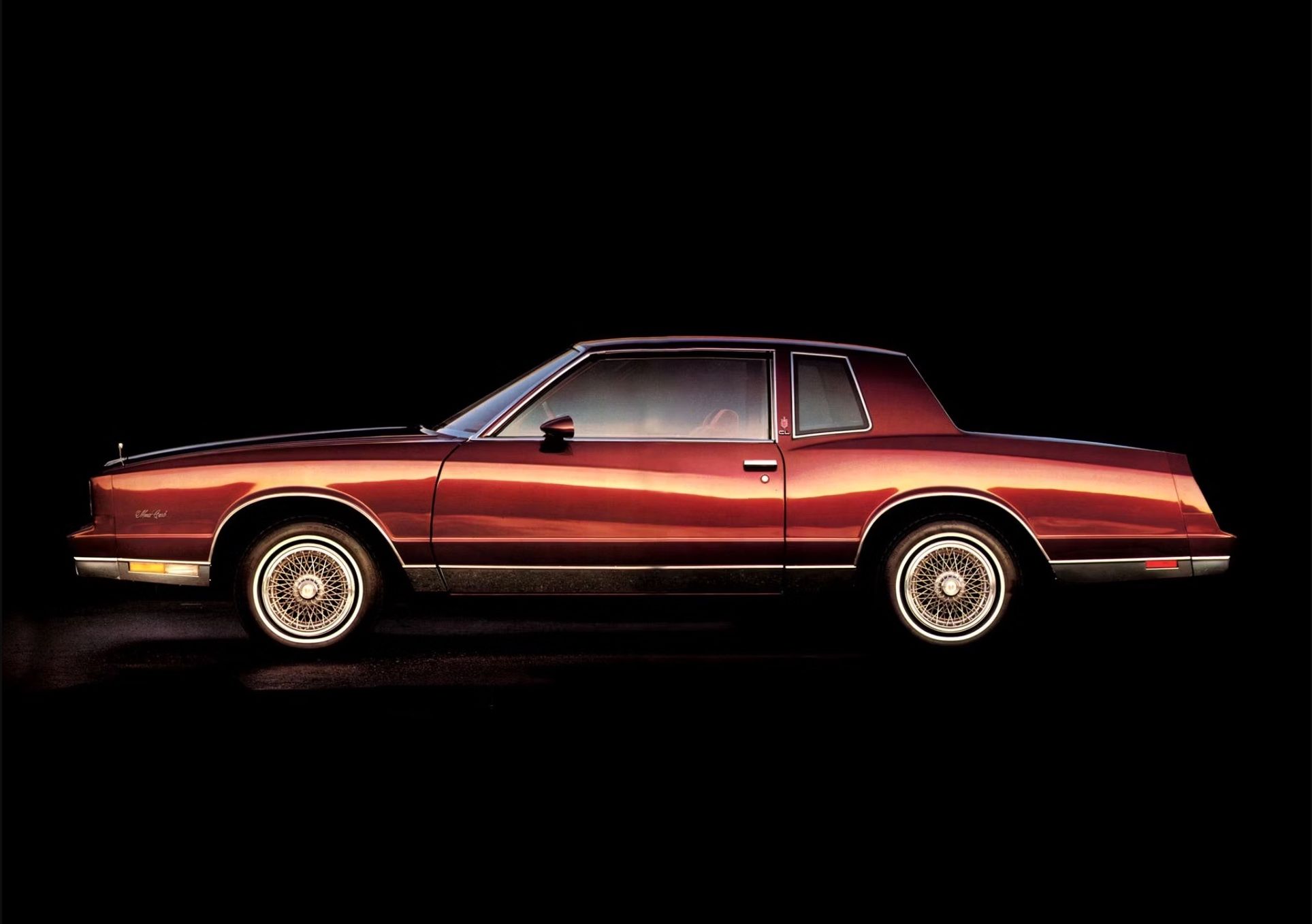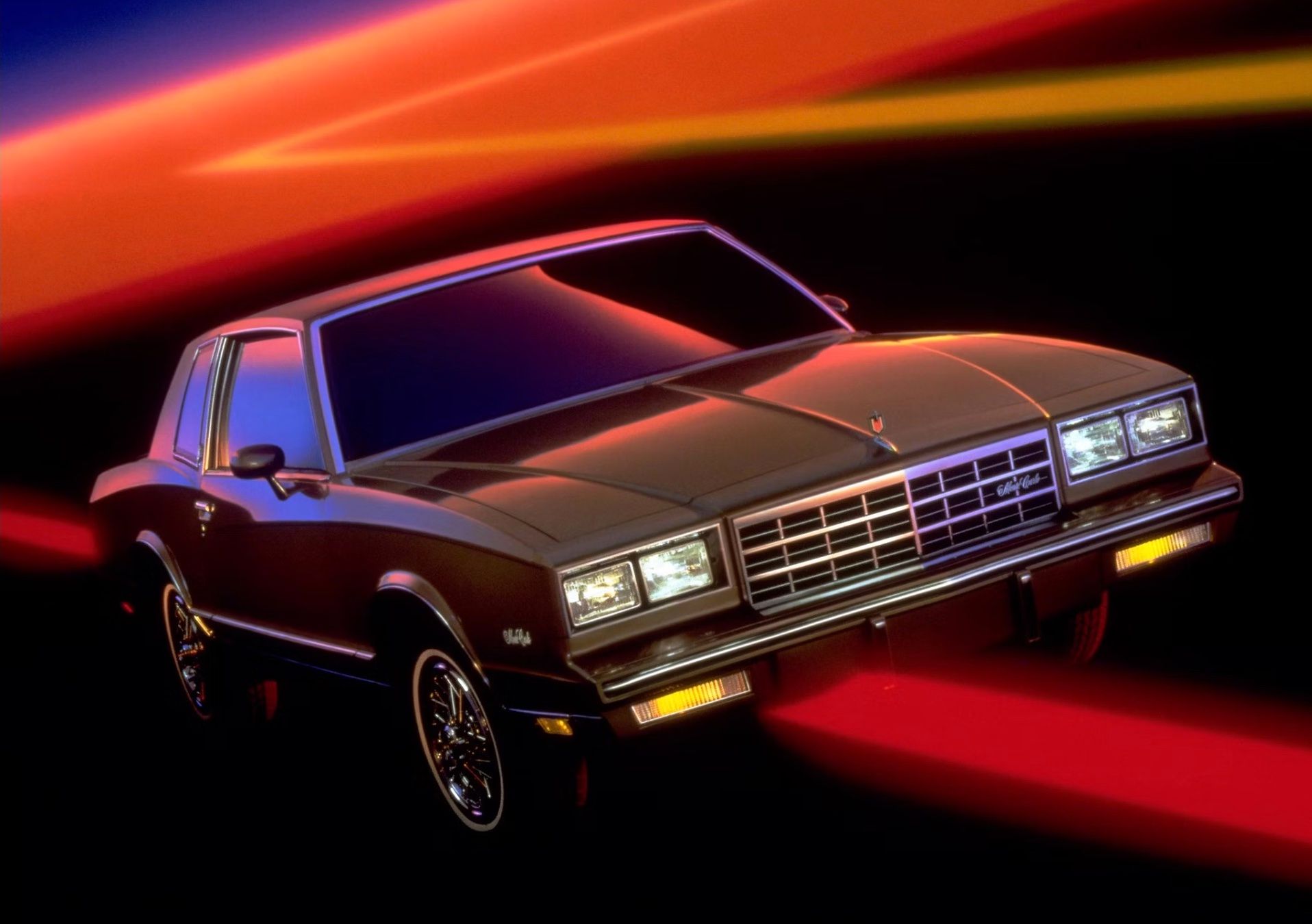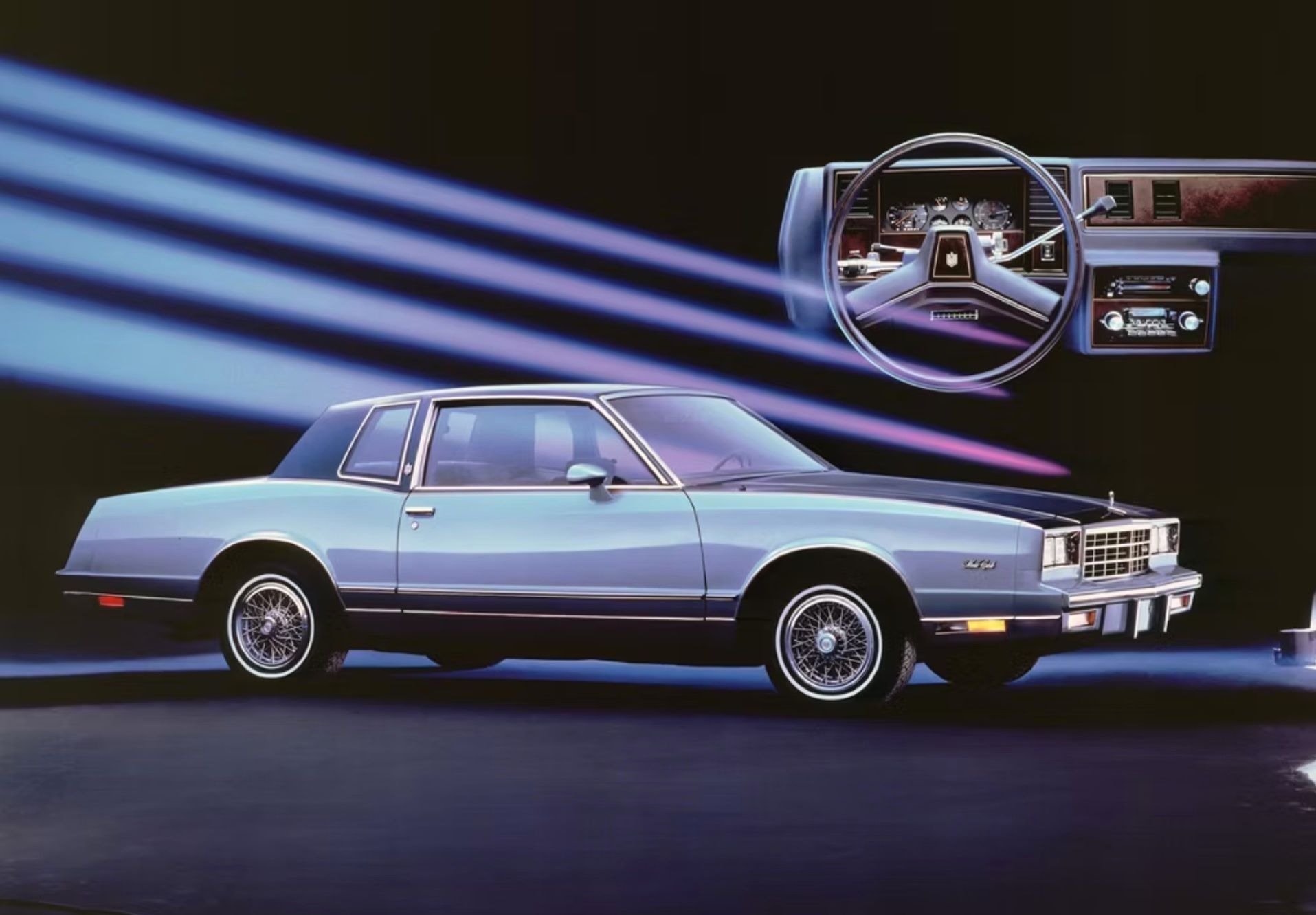Back in the sixties and seventies, while the muscle car and family sedan segments were as fierce as ever, another niche broke into the industry in the form of the personal luxury car. Vehicles in this class were sort of a mix between sporty coupes and luxury sedans, prioritizing comfort over performance and style over function, and in 1970, Chevrolet's Monte Carlo emerged as the perfect competitor.
Sharing several parts with the Chevrolet Chevelle in what was basically Chevy’s rebadged version of the Pontiac Grand Prix, the Chevy Monte Carlo was a sexy and sophisticated cruiser with good power and a high-end interior. Out of all variants, the 1981 fourth-generation Monte Carlo wasn’t as powerful as most due to ongoing effects of the 1973 oil crisis, but it managed to lure in buyers regardless.
With tough competitors such as the Mercury Cougar, Ford Thunderbird, and Lincoln Continental, the 1981 Chevrolet Monte Carlo still drew plenty of appeal that translated to nearly 188,000 total sales. Here’s everything you should know about it.
The 1981 Chevy Monte Carlo Had Some Peppy Powerplant Options
Despite being completely redesigned exterior-wise for the new fourth generation, the 1981 Chevy Monte Carlo actually carried over the same engine options from the 1980 model. The base mill came in the form of a 3.75-liter V6 that produced 110 horsepower, followed by two other optional V6s. The first was a 3.8-liter V6 with an equal output of 110 horsepower, while the second - and by far the most desirable, was a Buick-derived turbocharged capable of producing 170 horsepower along with 275 pound-feet of torque. Mated to a 3-speed automatic transmission - which was standard across the lineup, the turbo 1981 Monte Carlo could sprint from 0-60 mph in a respectable time of 9 seconds.
Lastly in the 8-cylinder department, GM also provided a 4.4-liter V8 that put out 115 horsepower, as well as a 5.0-liter V8 that delivered a maximum output of 150 horsepower. Clearly, the best engine choice was the quick and torquey turbocharged six-cylinder, and it made the 1981 Chevrolet Monte Carlo feel like a smooth GT-style cruiser with consistent power delivery.
The 1981 Chevrolet Monte Carlo Was Quite Good-Looking For Its Era
With the fourth-generation changes being purely aesthetic, the 1981 Chevy Monte Carlo boasted a clear evolution from its predecessor, despite carrying over the same overall shape and underpinnings. It showcased a less muscular front end, with a less voluptuous hood and a laid-back grille that sat flush with the car’s quad-headlights, as well as a more subtle front bumper. Chevy made plenty of changes to the Monte Carlo’s flank too, opting for a more relaxed front quarter-panel instead of the downwards-sloping bodyline from its predecessor, yet it maintained the mildly flared fenders and overall roof shape. From the rear, the '81 Chevy Monte Carlo maintained the same form, showcasing an up-facing decklid as well as a bumper-mounted chrome strip. The main difference is the integration of smaller vertical taillights in place of its predecessor’s larger horizontal ones.
Within, the 1981 Chevy Monte Carlo showcased a gorgeous high-end cabin with quality materials. No matter the selected trim - the entry-level Sport Coupe or the upscale Landau Coupe, the Monte Carlo offered a classy dashboard with faux-wooden trimming and vinyl upholstery, a leather-wrapped steering wheel, and feel-good cloth-wrapped seats.
The 1981 Chevrolet Monte Carlo Offered Tons Of Tech
The '81 Monte Carlo wasn’t just upscale because of its build quality, and it also provided a healthy array of useful standard features, as well as a vast amount of desirable optional tech in the form of a power sky roof, a six-way power driver’s seat, cornering lamps, a comfort tilt steering wheel, automatic speed control, and plenty more.
The cabin’s overall configuration could come with either a front bench seat - allowing for up to 6 passengers, or front bucket seats with an integrated center console. Rear passenger space was relatively good for a 2-door coupe, yet not as ample as larger mid-sized sedans from the same era.
Boiling things down, the 1981 Chevy Monte Carlo is quite different from many of its predecessors and successors. While most variants were powerful versions that saw them double as sporty muscle cars, '70s and '80s models weren't graced in that regard, yet they make the most of their underwhelming output to deliver heightened styling and cabin quality. The 1981 Chevrolet Monte Carlo’s reduced power also means that used units aren’t as expensive as other models these days, and you can get your hands on a well-kept example for well under $10,000.
Sources: Hemmings, Mecum




